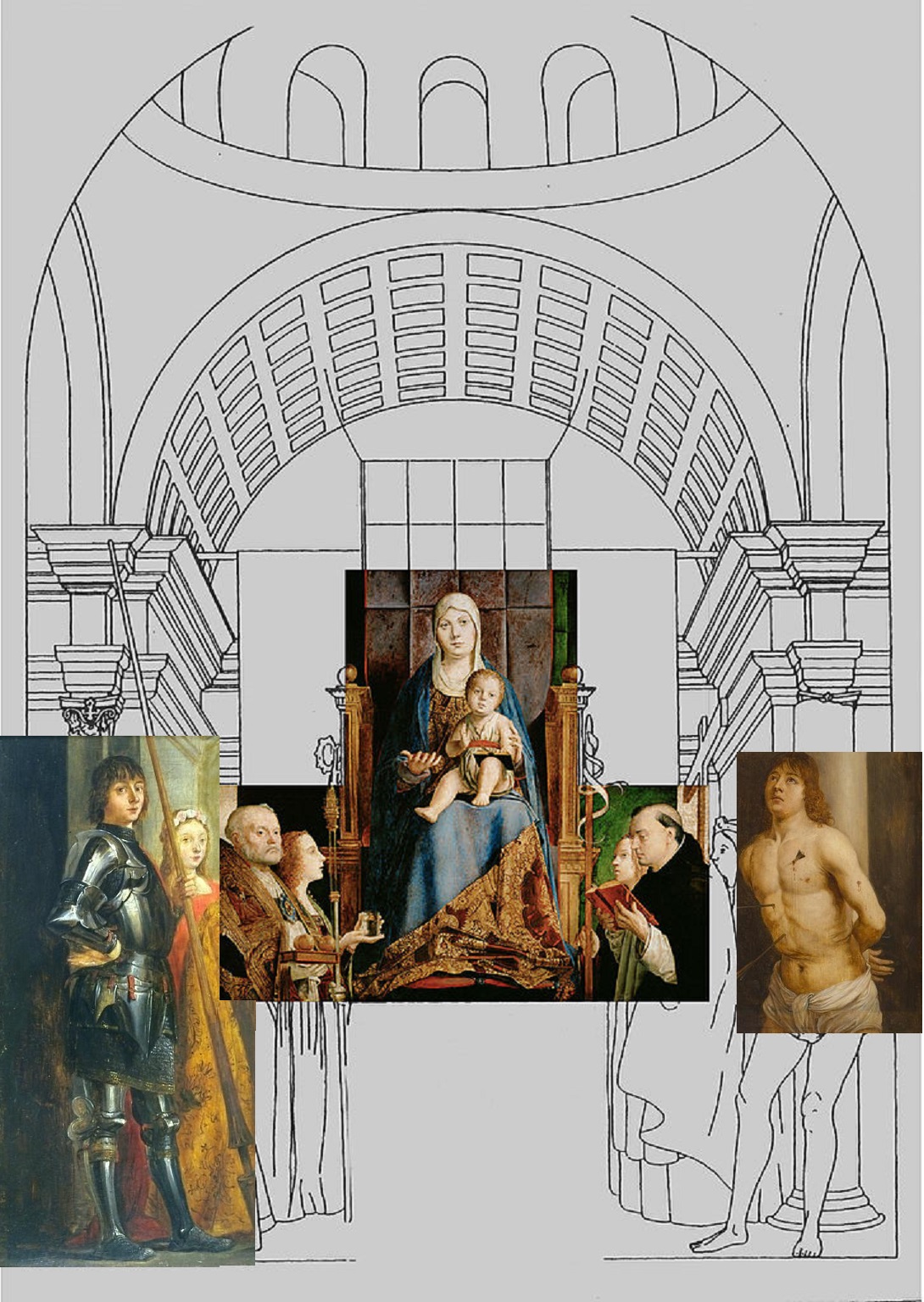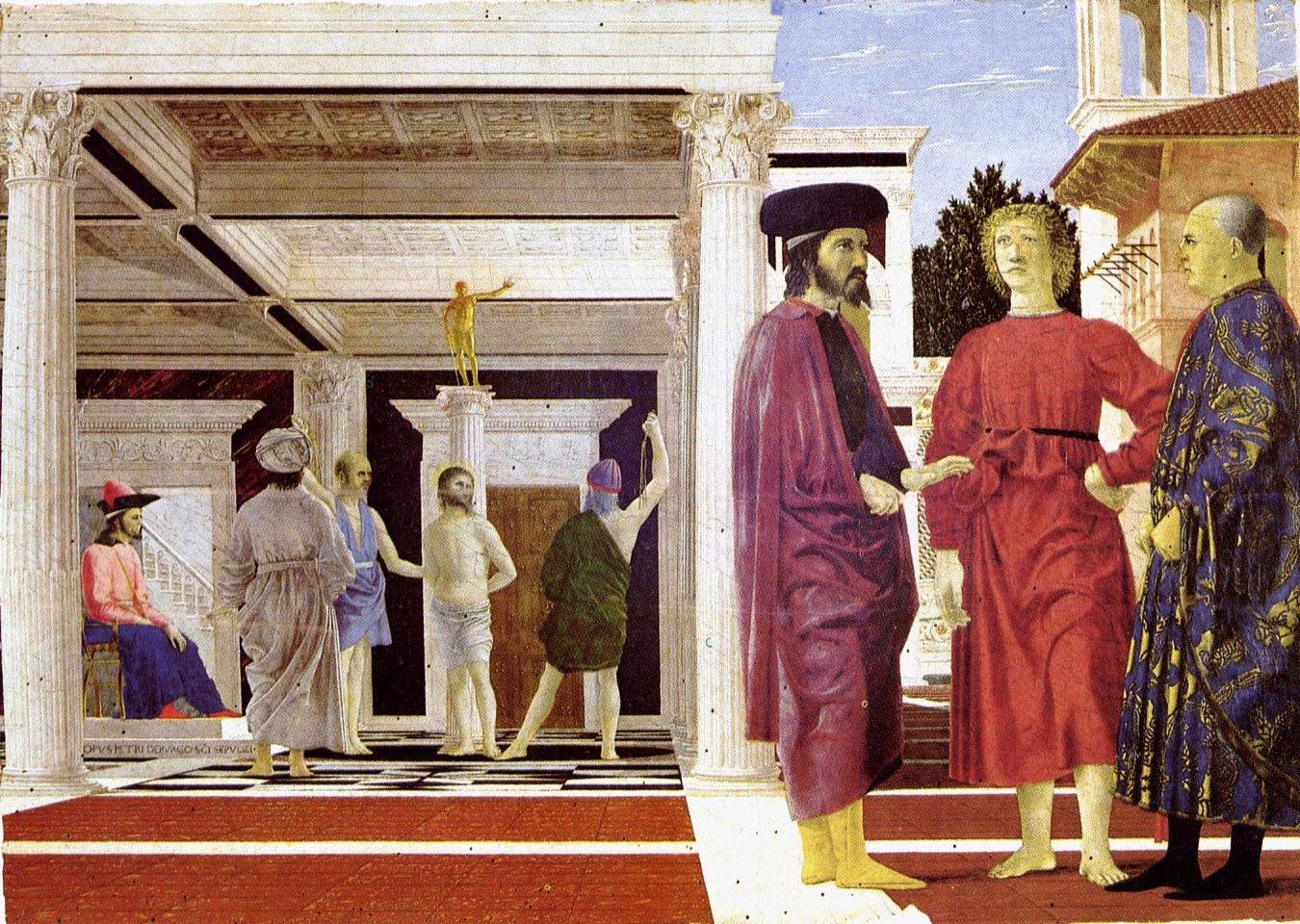|
San Cassiano Altarpiece
The ''San Cassiano Altarpiece'' is a painting by the Italian Renaissance master Antonello da Messina, dating to 1475–1476. Commissioned for the church of San Cassiano in Venice, it was disassembled in the early 17th-century and the reunited central portion is now housed in the Kunsthistorisches Museum in Vienna. It was one of the most influential paintings in the Veneto area of the time. 
History It is unknown when i ...[...More Info...] [...Related Items...] OR: [Wikipedia] [Google] [Baidu] |
Antonello Da Messina
Antonello da Messina, properly Antonello di Giovanni di Antonio, but also called Antonello degli Antoni and Anglicized as Anthony of Messina ( 1430February 1479), was an Italian painter from Messina, active during the Early Italian Renaissance. His work shows strong influences from Early Netherlandish painting, although there is no documentary evidence that he ever travelled beyond Italy. Giorgio Vasari credited him with the introduction of oil painting into Italy, although this is now disputed. Unusually for a southern Italian artist of the Renaissance, his work proved influential on painters in northern Italy, especially in Venice. Biography Early life and training Antonello was born at Messina around 1429–1431, to Garita (Margherita) and Giovanni de Antonio Mazonus, a sculptor who trained him early on. He and his family resided in the Sicofanti district of the city. Antonello is thought to have apprenticed in Rome before going to Naples, where Netherlandish painting was ... [...More Info...] [...Related Items...] OR: [Wikipedia] [Google] [Baidu] |
Italian Renaissance Painting, Development Of Themes
This article about the development of themes in Italian Renaissance painting is an extension to the article Italian Renaissance painting, for which it provides additional pictures with commentary. The works encompassed are from Giotto in the early 14th century to Michelangelo's ''Last Judgement'' of the 1530s. The themes that preoccupied painters of the Italian Renaissance were those of both subject matter and execution – what was painted and the style in which it was painted. The artist had far more freedom of both subject and style than did a Medieval painter. Certain characteristic elements of Renaissance painting evolved a great deal during the period. These include perspective, both in terms of how it was achieved and the effect to which it was applied, and realism, particularly in the depiction of humanity, either as symbolic, portrait or narrative element. Themes The ''Flagellation of Christ'' by Piero della Francesca (above) demonstrates in a single small work many of t ... [...More Info...] [...Related Items...] OR: [Wikipedia] [Google] [Baidu] |
Paintings Of Saint Nicholas
Painting is the practice of applying paint, pigment, color or other medium to a solid surface (called the "matrix" or "support"). The medium is commonly applied to the base with a brush, but other implements, such as knives, sponges, and airbrushes, can be used. In art, the term ''painting ''describes both the act and the result of the action (the final work is called "a painting"). The support for paintings includes such surfaces as walls, paper, canvas, wood, glass, lacquer, pottery, leaf, copper and concrete, and the painting may incorporate multiple other materials, including sand, clay, paper, plaster, gold leaf, and even whole objects. Painting is an important form in the visual arts, bringing in elements such as drawing, Composition (visual arts), composition, gesture (as in gestural painting), narrative, narration (as in narrative art), and abstraction (as in abstract art). Paintings can be naturalistic and representational (as in still life and landscape art, lands ... [...More Info...] [...Related Items...] OR: [Wikipedia] [Google] [Baidu] |



